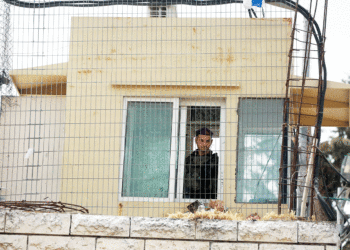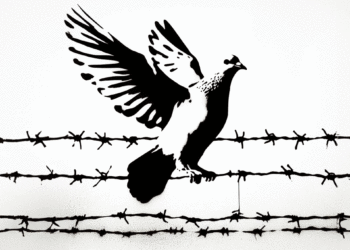Israel’s recent Pillar of Defense campaign bolstered the status of Hamas in both Gaza and the West Bank
By MOSHE GIT
There are moments in history when single events, though brief and seemingly insignificant at the time, make an imprint that lasts well into the future.
The Boston Tea Party, which led to the creation of the United States, was such an event. And the first Zionist Congress, which assembled in Basel, Switzerland, was another. At the conclusion of the meeting, Theodore Herzl, the father of the Zionist movement, proclaimed: “In Basel I founded the Jewish State.” Indeed, about 40 years later, the Jewish state of Israel became a reality.
Israel’s recent military operation in Gaza, dubbed Amud Anan (“Pillar of Defense,” in English) was such an event for Hamas.
Although Hamas has been in existence for 25 years, and although it won in the Palestinian elections, it lacked international legitimacy. It was regarded as a terrorist entity, as a pariah. However, Hamas’ ability to withstand the onslaught by the Israeli Air Force, to launch missiles that reached the perimeter of Tel Aviv, and to continue doing so, undeterred, in the midst of and despite the Israeli military operation, proved to Israel — and to the world — that Hamas is a power that can’t be dismissed.
Most importantly, Hamas almost brought Israel to its knees by forcing its leaders to scrap a planned ground invasion of Gaza, and by extracting a ceasefire agreement in which Israel agreed to put limitations on its use of military means against Hamas and movements of IDF troops next to the border. Thus, instead of subduing Hamas, Pillar of Defense had the opposite effect: it bolstered it. A news story on the front page of the AJW’s last issue, acknowledges this (“Support for Hamas soars,” 12-21-12 AJW).
The results of Israel’s failure soon became visible. Victory celebrations took over the streets in Gaza, where an image of the missile that was launched at Tel Aviv was displayed. And intifada-like disturbances, along with displays of public support for Hamas, erupted on the West Bank, (such displays were thwarted by the Fatah earlier). Around the world, anti-Israel sentiments gained increased support.
I have long advocated recognition of Hamas and talks with its leaders. More voices in Israel, such as renowned author A.B. Yehoshua, have begun to realize that there is no other way. The problem is that Israel can get much less from Hamas now than it could have gotten years earlier. For example, Khaled Mashal, a senior Hamas leader, who assented earlier to a two-state solution, was emboldened by Israel’s poor showing in Pillar of Defense and declared, in a victory speech in Gaza, that he won’t give up even a single inch.
But better late than never. So far, Israel has been burying its head in the sand. One of its first “successes” during the Amud Anan operation was the targeted killing of Ahmed Jabari, head of a Hamas’ military wing, who, according to Israel’s own sources, was instrumental in preventing Hamas from going haywire and in effecting some other understandings with Israel, such as the release of Gilad Shalit.
Putting one’s head in the sand has never helped.
***
Moshe Git lives in Minnetonka.
(American Jewish World, 1.4.13)



















